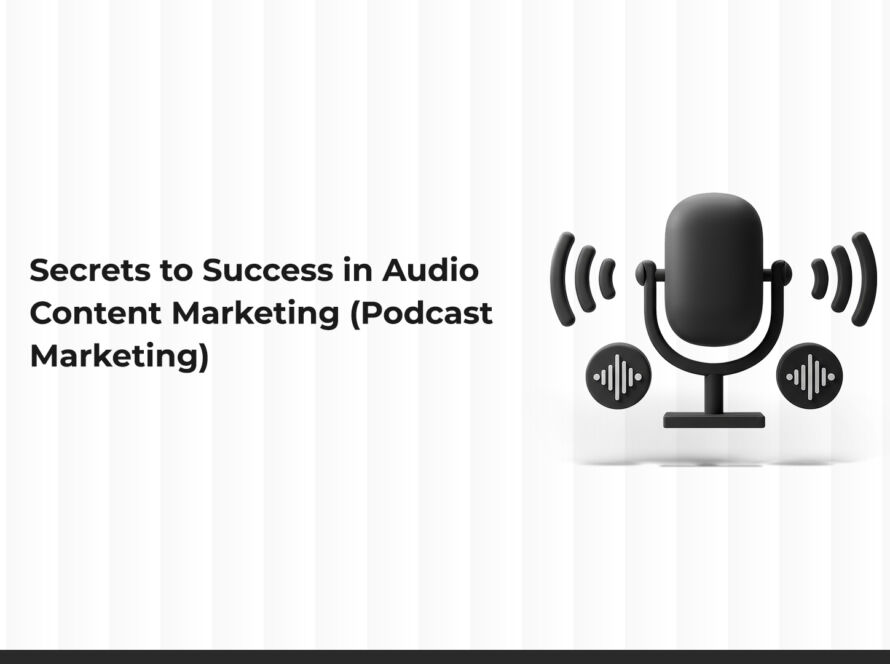Modern trade integrates several key elements, most notably technological advancements that have led to the emergence of “digital marketing”—a model defined by the use of the internet and digital platforms to promote products and services using interactive tools that enhance user engagement. In contrast, conventional marketing still maintains its presence by relying on traditional media channels and direct communication with consumers. This raises the question: Can digital marketing completely replace conventional marketing, or is an integrated approach the most effective way to overcome today’s marketing challenges?
Definition of Digital Marketing and Conventional Marketing
Digital Marketing
Digital marketing refers to the use of digital platforms such as websites, social media, email, and search engines to promote products and services. These platforms are available 24/7 and can be accessed from anywhere, providing an interactive experience that allows users to make decisions quickly and efficiently. It focuses on data-driven strategies, targeting audiences based on interests, behaviors, and demographics.
Conventional Marketing
Conventional marketing relies on traditional channels such as television, radio, newspapers, magazines, brochures, and billboards. It depends on one-way communication, where businesses deliver messages to a broad audience without real-time interaction. It often focuses on building brand awareness through mass outreach.
Main Comparison Points
1. Reach and Accessibility
Digital marketing excels in reaching a vast audience globally, unrestricted by time or geography. Through smartphones and computers, users can access brand messages anytime. It’s ideal for modern consumers who prioritize speed, convenience, and instant access to information.
Conversely, conventional marketing is limited by regional reach and set schedules (e.g., TV ads or newspaper circulation). However, it can be highly effective in local markets and with audiences who prefer traditional media formats.
2. Audience Targeting and Personalization
One of the most powerful features of digital marketing is the ability to target specific audiences based on demographics, online behavior, interests, and previous interactions. This allows businesses to personalize their messages and improve conversion rates.
Conventional marketing offers less precision—it broadcasts messages to a wide, often undefined audience. While this can build brand awareness, it’s harder to measure and less efficient for targeting specific customer groups.
3. Cost and Return on Investment (ROI)
Digital marketing is generally more cost-effective than conventional marketing. Online ads can be launched with small budgets, and businesses only pay for actual engagements (e.g., clicks, views, or conversions). Analytics tools also allow for accurate ROI tracking.
Conventional marketing involves higher upfront costs—printing, air time, distribution—and its effectiveness is harder to measure. While it may offer strong brand exposure, it’s not always suitable for small businesses or startups with limited budgets.
4. Interactivity and Engagement
Digital marketing encourages real-time interaction—users can like, comment, share, and engage with content, creating a dynamic relationship between the brand and its audience. Features like live chats, polls, and feedback forms help businesses build trust and improve services.
In contrast, conventional marketing is mostly one-way. It delivers messages without immediate audience response, making it less adaptive and interactive.
5. Measurability and Analytics
Digital marketing provides robust tools for measuring campaign performance—such as Google Analytics, Meta Insights, and email tracking systems. Businesses can track impressions, engagement, conversions, and ROI in real time and make data-driven decisions.
Conventional marketing lacks this level of measurability. Results are often based on estimates and surveys, making it difficult to assess the direct impact of a campaign on consumer behavior.
6. Content Flexibility and Speed
Digital marketing content can be updated, edited, or removed instantly—allowing businesses to respond quickly to market trends or feedback. Campaigns can be launched within hours with full control over timing and message.
Conventional marketing materials, once produced (like a printed ad or a TV commercial), cannot be changed without incurring additional costs and delays. This makes it less agile in fast-changing markets.
7. Brand Trust and Perception
Conventional marketing still holds significant value in building brand trust, especially among older audiences or in markets where digital adoption is slower. A well-produced TV commercial or billboard can have a strong emotional impact and lend credibility.
Digital marketing builds trust through transparency, customer reviews, influencer partnerships, and consistent engagement. However, it must overcome issues of data privacy and misinformation, which can impact brand reputation if not managed carefully.
The Future of Marketing: Integration Over Elimination
The future of marketing does not lie in choosing one model over the other—but rather in combining the strengths of both digital and conventional marketing.
Businesses that blend online strategies with offline touchpoints create a more holistic brand experience. For example, a company may run a billboard campaign while simultaneously launching a digital ad with a QR code to drive online traffic. This dual-channel strategy maximizes exposure and engagement across all customer segments.
Technological advancements such as artificial intelligence, data analytics, and virtual reality are enhancing digital marketing, making it more personalized and immersive. At the same time, conventional marketing continues to evolve by integrating digital elements into print and broadcast media.
A balanced comparison between digital marketing and conventional marketing shows that each model has unique strengths.
Digital marketing is ideal for cost-effective, targeted, and measurable campaigns, particularly in a fast-paced, mobile-driven world. Conventional marketing, meanwhile, offers tangible brand presence and emotional connection, especially in traditional or local contexts.
The most effective marketing strategy today is a hybrid one—leveraging the scalability and precision of digital tools while maintaining the credibility and sensory power of traditional methods.
Businesses that embrace this integration will be best positioned to adapt to changing consumer behaviors, build long-term loyalty, and stay ahead in the ever-evolving marketing landscape.



